11 Awesome Tips And Tricks For Capturing Breathtaking Fall Photos
Autumn is an amazing time for taking landscape images. The bright vibrancy of the changing leaves combined with the soft, golden morning and evening light creates a spectacular photo opportunity, just waiting to be captured.
Autumn is considered by many photographers to be one of the most photogenic seasons – and for good reason. This season is brimming with bold colors and contrasts, and the landscape is completely transformed with fiery hues. The only downside is that the days are shorter, and the weather’s often dark and dismal – which means that there’s less time to capture it all.
Still, armed with a plan and perseverance, you’ll be able to capture this season in all of its beauty. Read on for some tips on making the most of this season and see how you can capture some striking autumn landscape images.
Know When to Go
Knowing when to go can help you to plan for sunrise or sunset – let you know how much daylight you’ll have to work with, and will give you the best options for weather. Since your window of time for shooting in autumn is shorter – thanks to shorter days, planning ahead will help you to capture the best shots.
Look for the Best Light
One of the best things about autumn is all of that rich, golden light. During autumn, the sun is at a lower angle for longer, and sunsets can be amazing. Golden hour, sunny days, and overcast conditions can all make for spectacular images, as long as you’re prepared to work with the light.
1. Golden Hour
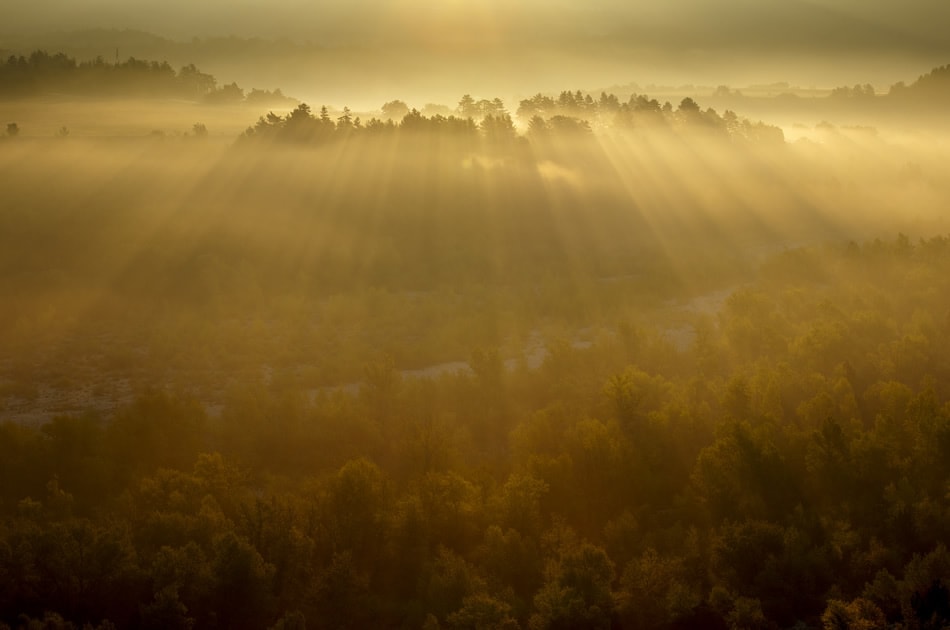
Image by iamme ubeyou
During autumn, the soft, warm light of golden hour is especially beautiful. Look for this light just after sunrise and before sunset. This soft, golden light combined with the incredible autumn colors can make for some exceptionally striking images.
2. Sunny Days
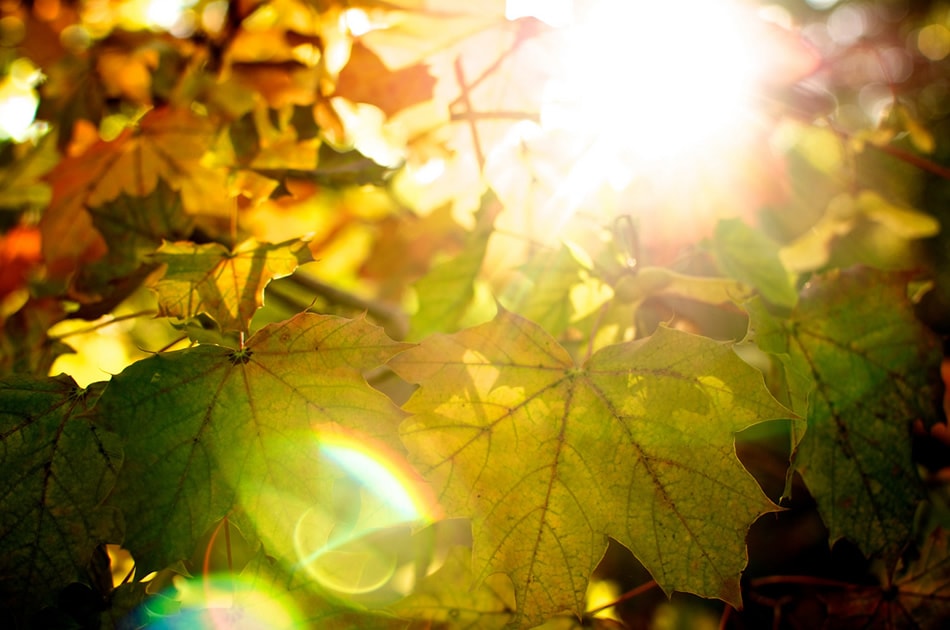
Image by bark
Of course, other lighting conditions can be great for shooting autumn landscapes too. On sunny days, the direct lighting will give you an increase of shadows, highlighting the texture of the landscape and adding depth and texture to an image. Bring along an ND filter for bright, sunny conditions to prevent blown out highlights and overexposure. On a clear day, you can also use a polarizer to reduce glare from the sun on the foliage and leaves.
3. Overcast Days
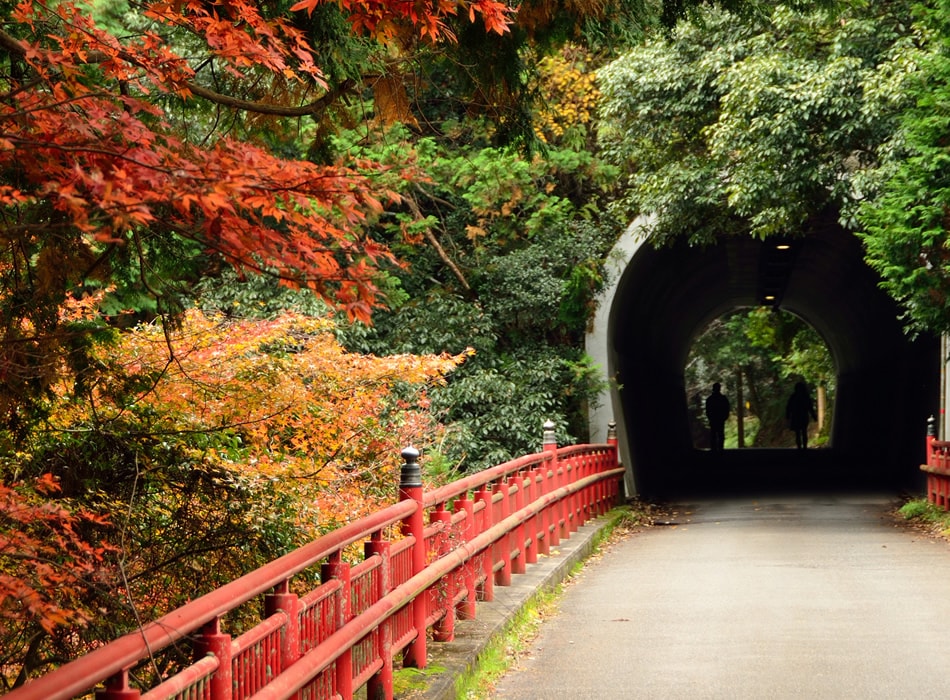
Image by Takeshi Kuboki
Overcast light can also be a great time for capturing fall foliage – images captured under the diffused lighting of a bright overcast day will result in bolder, more saturated colors, with minimal shadows.
Keep in mind that autumn’s warm, golden tones can confuse the camera’s auto white balance system. If your images end up looking too cool rather than warm, adjust the white balance – using the sunny white balance preset. For warmer colors, choose the cloudy preset. Alternatively, you could shoot in RAW and adjust the color temperatures later in post-processing.
Work With the Elements
Autumn weather is full of surprises. Fog and misty mornings can make for some dramatic images, and frost or even rain can add something special to autumn photos.
4. Morning Mist

Image by Lisa Eglite
If you head out early enough on a clear morning, you may be able to capture some beautiful morning fog. Fog is often present after an especially cold night, and as it rises up off the water it can make for an especially beautiful composition. Soft, streams of golden light streaking through the clouds or trees can also result in a striking image with a mysterious almost ethereal quality.
5. Frost
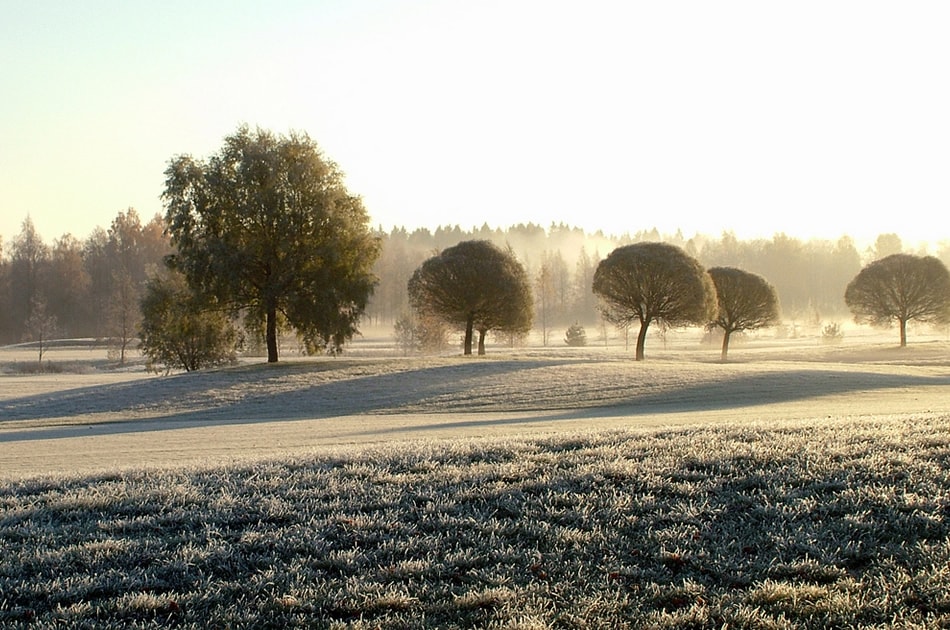
Image by Dave_S.
Sudden drops in temperature can result in frost. Frozen grass and frosty trees can make for fantastic shiver-inducing images. In addition to landscape shots, be sure to take advantage of close-ups when there’s frost – frosty leaves makes great macro images.
6. Rain
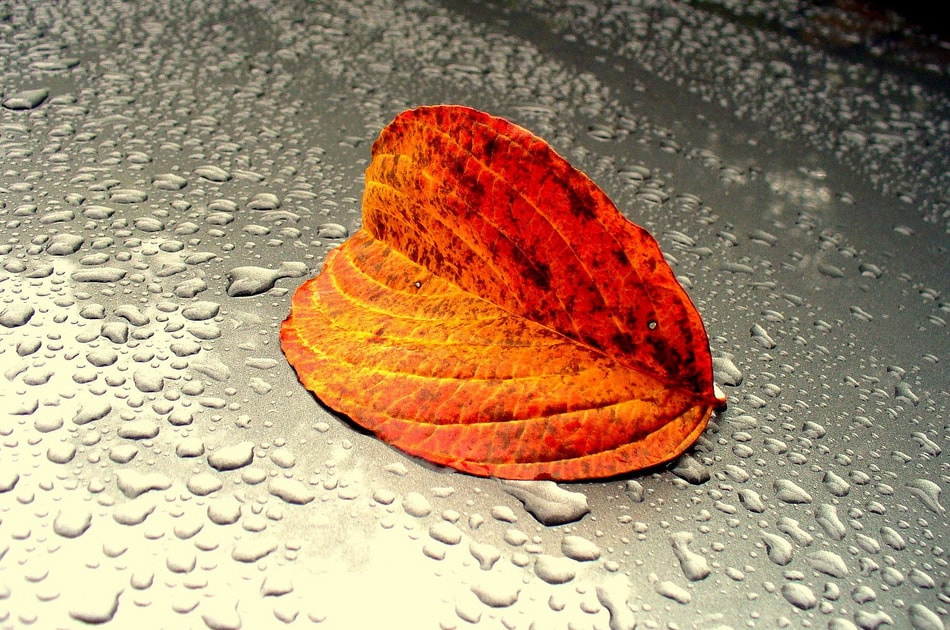
Image by geraldbrazell
Take advantage of beautiful light that’s often found breaking through the clouds after a rainstorm. Raindrops can also result in vibrant, washes of color across the beautiful fall foliage. Use a polarizer to reduce glare on the leaves, resulting in deep, vibrant colors.
Techniques
Below are various techniques you can use to make your Autumn pictures stand out.
7. Find an Ideal Location
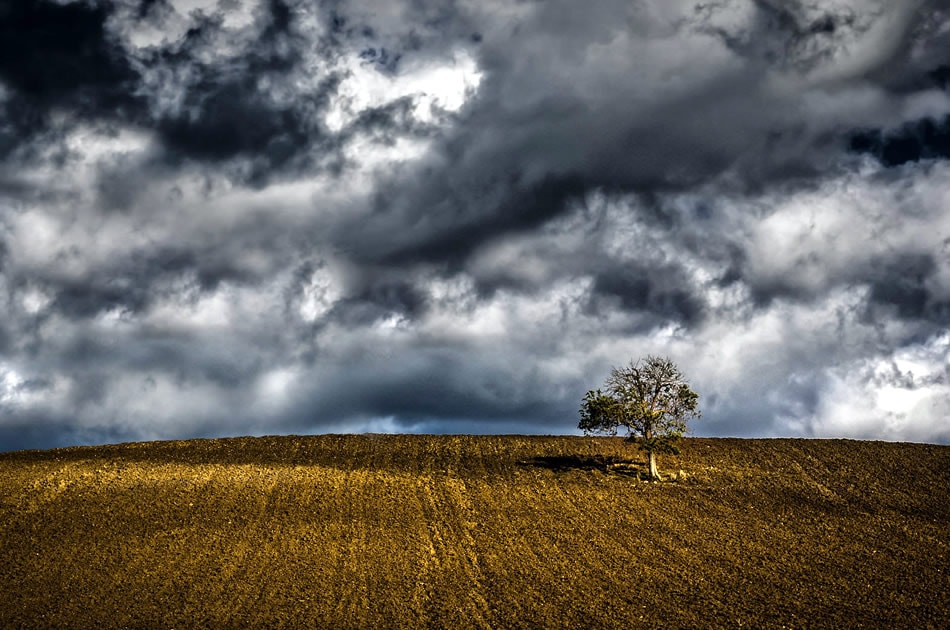
Image by Richard Walker
Location is important when it comes to landscape images. A high vantage point overlooking the forest is your ideal setting, but there are other excellent locations too. A field at the edge of a forest, a road that winds through the trees, the lakeside, or even a park with a lone tree can all make great settings. Try to think outside the box and scout out areas that might include different compositional elements that can enhance your image.
8. Find a Focal Point
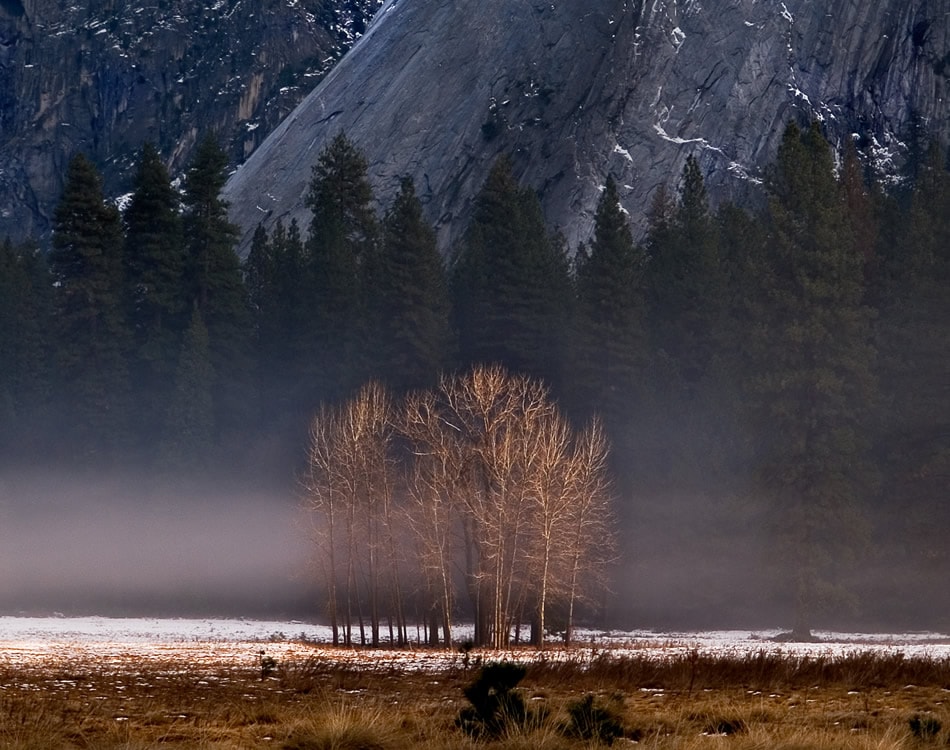
Image by Alex Pearson
It’s easy to get caught up in the breathtaking colors of fall – but when it comes to shooting autumn landscapes, don’t forget about composition. Taking a few seconds to find a clear focal point will result in a much stronger image. Look for a lone tree, a fence, or some wildlife to feature in your photos. The rule of thirds can also come in handy when composing your autumn images.
9. Panoramics

Image by Miguel Virkkunen Carvalho
Autumn is a great time for capturing sweeping vistas and beautiful panoramas. If you have the opportunity to capture autumn scenic images as a panorama, you’ll want to do so. You can use panorama mode on your camera, or take a few overlapping images and stitch them together later in Lightroom.
10. Capture Some Reflections

Image by Lida
Autumn foliage looks spectacular when it’s reflected over the water. For clear, smooth reflections head out early and photograph the calm stillness of a lake. You can also capture autumn reflections in ponds or shallow pools of water in a stream. While smooth, calm days are ideal for glassy, mirror-like reflections, you can also capture reflections on the surface of choppy water. Autumn foliage reflected onto a rippled surface can result in beautiful, abstract photos. Use a fast shutter speed and zoom into a portion of the water for an impressionistic image. Be sure to remove your polarizer lens cover if you’re using one, since it will reduce reflections!
11. Blur Movement

Image by Evan Leeson
Blurred water can be beautiful in autumn landscapes. Use a tripod and a long exposure (slow shutter speed) to gently blur any movement, resulting in softly blurred water. You can use this technique to blur other moving subjects like leaves falling or grass blowing in the wind.
When the leaves are changing, you’ll find photo opportunities in areas that you might have overlooked before. Look for bright, contrasting colors, and keep an eye out for pools of water to capture reflections in. Take advantage of long exposures for textured, softly blurred movement – and use fast shutter speeds to freeze motion. Experiment with different angles and settings, and have fun.
Enjoy this beautiful season of autumn – for most of us, it just doesn’t last long enough! Do you like to photograph autumn landscapes and scenes? Autumn and harvest Lightroom presets are now available in the Contrastly store. Add warmth and vibrance to your fall photos.
